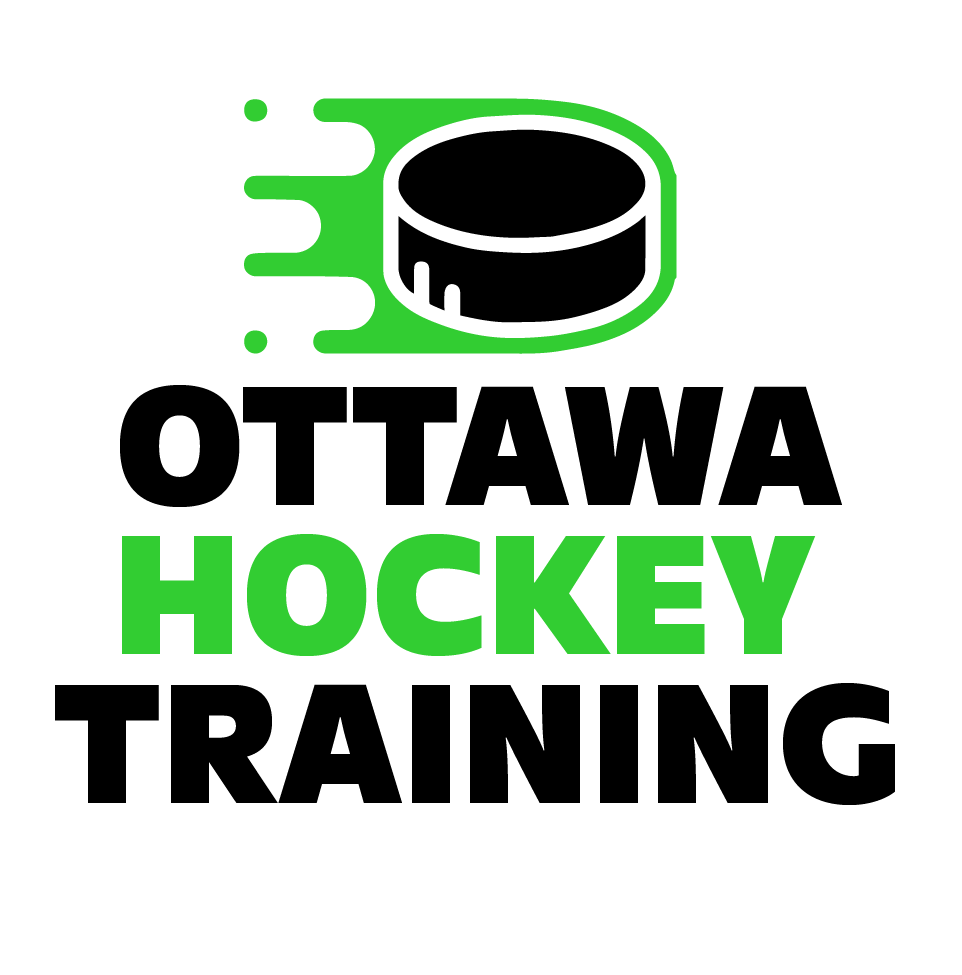Stick Placement and Angles
The stick of a goaltender is the most underrated tool that he/she has as it has many uses aside from merely covering the hole that may open up between one’s knees during a butterfly drop or slide. The following will discuss angling of the stick while standing, during standing movements such as T-pushes, and shuffles, while dropping into a butterfly, and while butterfly sliding. We will analyze the benefits of proper placement of the stick, discuss our competitors’ methods and teachings, and prove that the teachings of Goalie Army Academy are superior to others in the market.
Proper stick placement must be added to the technical foundation of goaltenders as early as possible in order to ensure that a goaltender has appropriate weight distribution and balance. At Goalie Army Academy, we teach our students to play as large as possible (without compromising mobility) in order to take away shots from the opposition while keeping the arms close to the body to create a solid wall in front of shots. This method will also allow the goaltender to transition into a compact butterfly for close-proximity shots or scenarios. The stance of a goaltender, or at least from the hips-up, should simulate that of a weight lifter doing squats. This allows the goaltender to cover as much of the top of the net as possible. The difference between squats and a goaltender’s stance is from the hips-down, as a goaltender must widen the gap between their skates in order to be prepared to drive their pads into the ice for a quick butterfly drop, or be prepared to push in any direction for passes, or slides. Once the goaltender is in a proper ready stance position, the blade of their stick should be placed between their skates, but far enough ahead of the toes of their skates which will allow them to keep their blocker arm tightly against their side in order to limit gaps between their core and their blocker arm. By doing so, the points of the goaltender’s skates, and their stick should form a triangle, and will allow the goaltender to ensure that the necessary coverage along the ice is present, while being able to cover the top parts of the net efficiently.
One of the things that we see during training on a regular basis is goaltenders who move their shoulders too much. Some goaltenders have been taught to do this by other coaches for movements within their crease in order to follow the path of the puck. At Goalie Army Academy, we teach direct movements while keeping the shoulders parallel to the path of the puck (or square to the puck) in order to time the speed of passes as well as ensure maximum coverage of the net at all times. This will also allow the stick to remain placed properly in front of the goaltender. Methods which are used to teach goaltenders to turn their shoulders set goaltenders up for failure. By doing so, the goaltender is not following the puck properly or efficiently, and they are not covering the gap between their skates along the ice as turning the body allows the stick to become displaced. Also, in the event of a quick pass to the opposite direction, a goaltender that turns their shoulders would have to stop and transition into a 180 degree turn to the opposite direction.
Goaltenders that “lead” are most recognized for incorrect stick placement as these goaltenders have a tendency to bring their stick too close to their pads upon butterfly drops of slides. This action will cause holes to appear between the blocker arm and body, and will allow for odd bounces off of the stick and potential rebounds. Goalie Army Academy teaches our students that the distance between the blade of their stick and their skates during one’s ready stance, should be the same as when transitioning into a butterfly drop or slide, except that the distance is now between the blade of the stick and the goaltender’s knees. This method allows the goaltender to remain compact by keeping the blocker arm close to the body and will also cause the blade of the stick to act as a ramp for the goaltender to direct shots which are along the ice into their core, into the corners or over the glass behind them & out of play.
Getting the proper angle of one’s blade in order to direct pucks efficiently is not easy and definitely isn’t an overnight process. Therefore, with proper coaching and feedback, goaltenders will need to practice with many shots along the ice in order to master this aspect of the game.

Leave a Reply